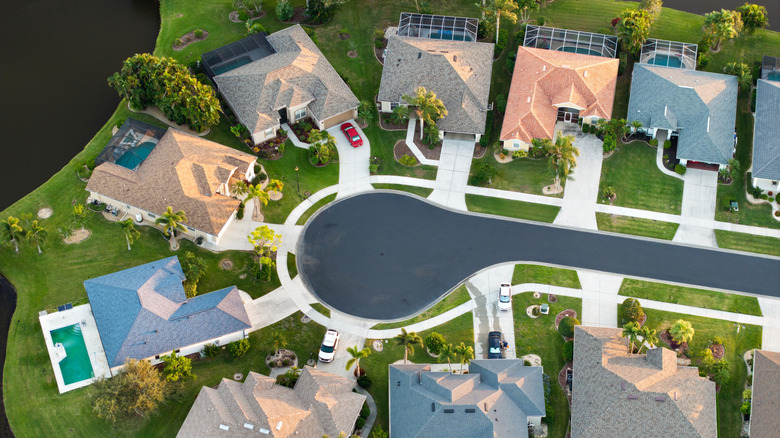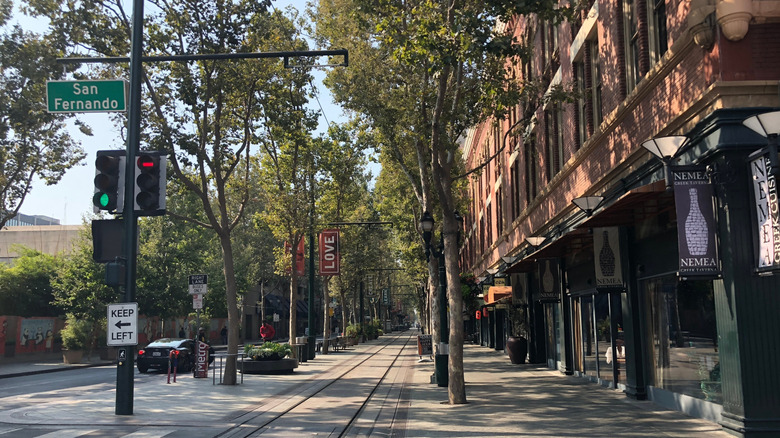The Most Expensive Major US City You Can Move To In 2025
People buy houses for all sorts of reasons. A new job requires a move, an old house becomes too small, tax benefits you can expect with home ownership are too tempting to ignore, or you're simply considering a move to another city. Moving from a rural area where housing is affordable to a big city in a competitive market can bring sticker shock, and there's no bigger sticker shock than in one San Francisco Bay area city. Based on the cost of buying a house alone, San Jose, CA, where the average home cost is more than $1.4 million, is the most expensive major U.S. city you can move to in 2025.
San Jose, with a population of more than 1,013,000, certainly qualifies as a large city, a locale defined as a metropolitan area with more than 250,000 residents. Even with a sales price that's 221% higher than the national average, homes in San Jose usually get around four offers and sell in 22 days. About 44% of those homes sell above list price. Renters, who pay an average $3,200 a month, aren't spared high housing costs. Expenses like home insurance, utilities, and taxes add to the financial burden of living in the most expensive city in the U.S. In 2025, San Jose overtook New York City as the place you need the highest annual income to live comfortably in the US at $147,430 for a single adult.
Living in the most expensive city in the U.S.
Despite million dollar price tags, San Jose ranks high in quality of life by metrics like employment opportunities, the weather, and education. California's third largest city is in the heart of Silicon Valley, home to companies such as Cisco Systems, NVIDIA, and Adobe as well as numerous startups, but the concentration of employers in the tech industry combined with low housing stock largely accounts for the high cost of housing. The weather is mild year-round, with average high temperatures ranging between 50 degrees Fahrenheit in December to 70 degrees Fahrenheit in August. Highly rated public schools and universities like Stanford and San Jose State University ensure a well-educated populace. The Pacific Ocean is less than an hour's drive away, and most residents live within 10 minutes of a public park.
California's high cost of living and extreme home prices in San Jose contribute to the city's almost 50% higher living expenses than the national average, and that cost plays a significant role in income inequality. Youth homelessness is high in the city, and a minimum wage worker would have to have more than 3 jobs to be able to afford to live in a two-bedroom apartment. San Jose's high population density means that traffic can be a major issue, with an average one-way commute of 29 minutes, parking can be hard to find, and some residents are underserved by public transportation.

